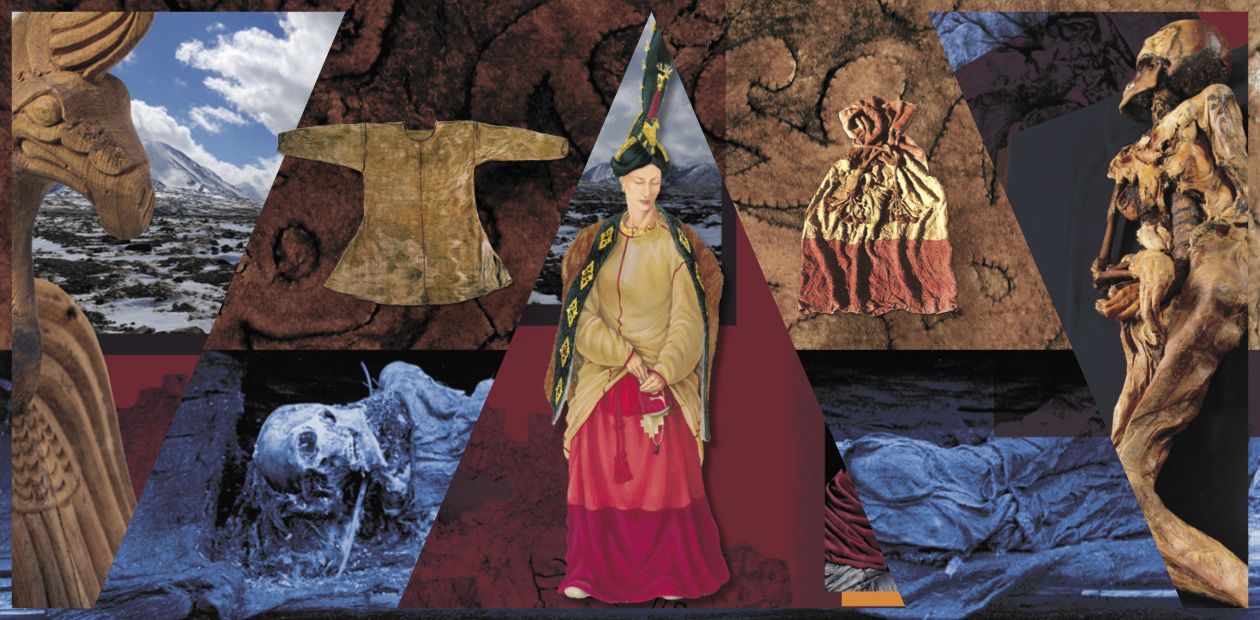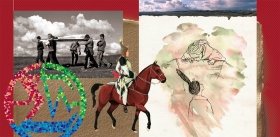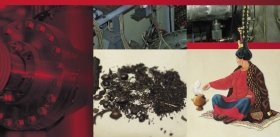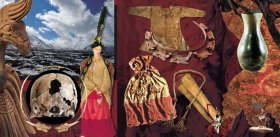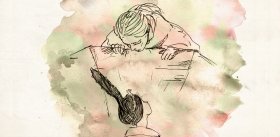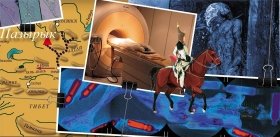The Life and Death of the Altai Princess
The results of this study show that the buried woman suffered from a severe pathological disease, which could have resulted in her death. In addition, the clear indications of a serious trauma she experienced during her lifetime were discovered, which, however, did not result in her immediate death.
In her childhood and youth, the woman buried at Ukok suffered from osteomyelitis. The causes of this rather serious disease characterized by pain and a general infectious process arise from unfavorable living conditions and traumas.
When she was a little over twenty years old, she developed another severe disease, breast cancer, which was destroying her for five to seven years. When she arrived in the winter camp on Ukok, she was terminally ill: in modern terms, she had the last, fourth stage of breast cancer. Typical of this stage are severe pains and the highest level of intoxication, leading to a complete physical exhaustion.
Approximately three to five months before her death, she must have fallen off a horse and received a very serious injury. She fell on her right side: the right lobe, the right shoulder and the right hip all suffered from the fall. Her right arm was not injured because it was cuddled to her body. Most probably, by this time her arm did not work, which is attested by some pathological changes in its tissues reflecting the process of the decomposition of the living tissue. However, it was not the cerebral trauma that caused her death, which would have been a relief from the suffering and pain - she lived several months more. During all this time she was bedridden. Without any doubt, her condition before the death was grave.
The archaeologist Natalia Polosmak claims that "the ancient mummies should be preserved with great care. They must wait for their time to come, because even many decades after they were first discovered new discoveries are possible… as it happened with the mummy of the young woman from the Ukok plateau. Only now, many decades after her her body was dicovered, we have learned the details of her life and determined the causes of her death. And I am absolutely sure that this is not the end of the story yet".


